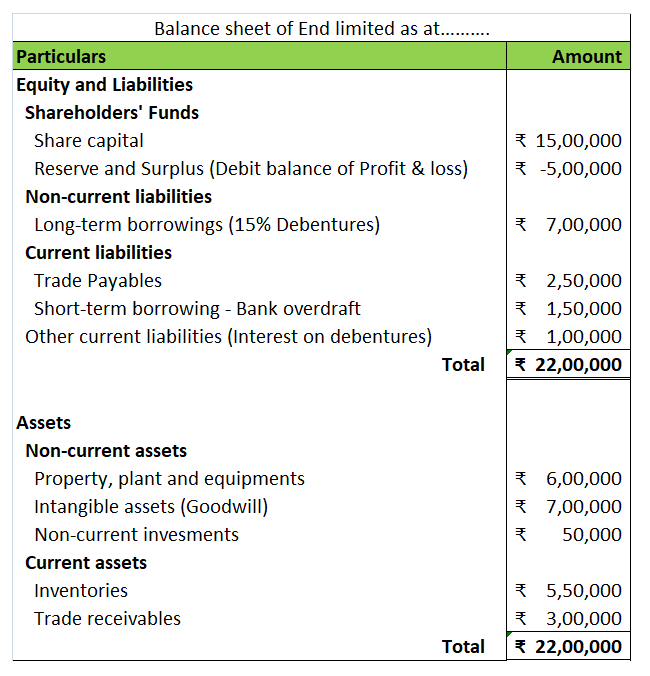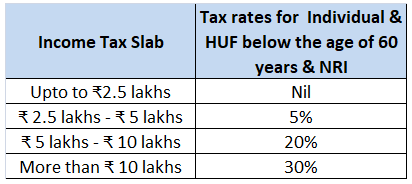Introduction In GST, a supply is a taxable event. This means whenever there is a supply of goods or services or both, GST is charged. Supply includes the exchange of goods or services between supplier and recipient by way of sale, barter, lease etc for consideration and in the course or furtheranceRead more
Introduction
In GST, a supply is a taxable event. This means whenever there is a supply of goods or services or both, GST is charged. Supply includes the exchange of goods or services between supplier and recipient by way of sale, barter, lease etc for consideration and in the course or furtherance of business. The rate of GST on any supply depends on the type of good or service supplied.
Composite supply and mixed supply are two special types of supplies, in which two or more goods or services or both are offered together in a bundle. As two or more goods are supplied together, the question arises at which rate the GST is to be charged on such supplies as such goods or services may have different rates of GST applicable to them. Sections 8 of the CGST act, 2017 deals with the tax liability of such supplies.
Composite supply
A composite supply is a type of supply in which two or more goods or services or both are supplied together in the ordinary course of business. Such goods or services are natural bundles. By natural bundle, we mean the goods or services are complementary to each, they are naturally provided together and are to be used along with each other.
For example, mobile phones and chargers are supplied as a bundle. This concept of the natural bundle is the main determiner of a composite supply.
In such supplies, there is one main product which is called the principal supply. Like in the above example, the mobile phone is the principal supply. Other goods or services are dependent on the principal supply.
A composite supply will be taxable as the rate of GST applicable on the principal supply.
For example, suppose the rate of GST on mobile phones is 18% and that on the charger is 12%, then the whole supply will be taxable at the rate of 18%.
Mixed supply
A mixed supply is a type of supply in which two or more goods or services or both are supplied together but they do not complement each other and are not a natural bundle. They are not supplied in the ordinary course of business, For example, a combo of bottled honey and face cream.
In mixed supply, the good or service which attracts the highest rate of GST is considered the rate of supply for the whole supply.
For example, suppose bottled honey attracts 5% GST and face cream 18% GST, then the whole supply will be charged 18% GST.
See less




Introduction Minority interest refers to the interest of the outsiders in the subsidiary or subsidiaries of a holding company. In the presentation of the consolidated balance sheet of a parent company and its subsidiaries, Minority Interest is shown just below Shareholders’ Funds. Explanation To undRead more
Introduction
Minority interest refers to the interest of the outsiders in the subsidiary or subsidiaries of a holding company. In the presentation of the consolidated balance sheet of a parent company and its subsidiaries, Minority Interest is shown just below Shareholders’ Funds.
Explanation
To understand the concept of minority interest, we need to first understand the relationship between a holding company and its subsidiary company or companies.
A holding company means a company that controls one or more companies by:
A subsidiary company is a company that is controlled by another company.
From the above, we can simply deduce that a holding company holds the majority of the equity in its subsidiary company or companies.
So, the equity of the subsidiary company which does not belong to the holding company, but to the outsiders is known as the minority interest as it is, in fact, the minority in comparison to the majority stake of the holding company.
Example
For example, A Ltd holds 75% of the equity in B Ltd, then the rest 25% which belongs to the outsiders will be the Minority Interest.
Minority Interest means the share of outsiders in the:
For example, B Ltd has the following particulars under Shareholders’ Funds.
B Ltd is a subsidiary company of the A Ltd. A Ltd holds 75% of B Ltd.
It means minority interest in B Ltd is 25% (100% – 75%)
Therefore, in the consolidated balance sheet of A Ltd and its subsidiary, the minority interest will be as follows:
Minority Interest in B Ltd (25%)
See less